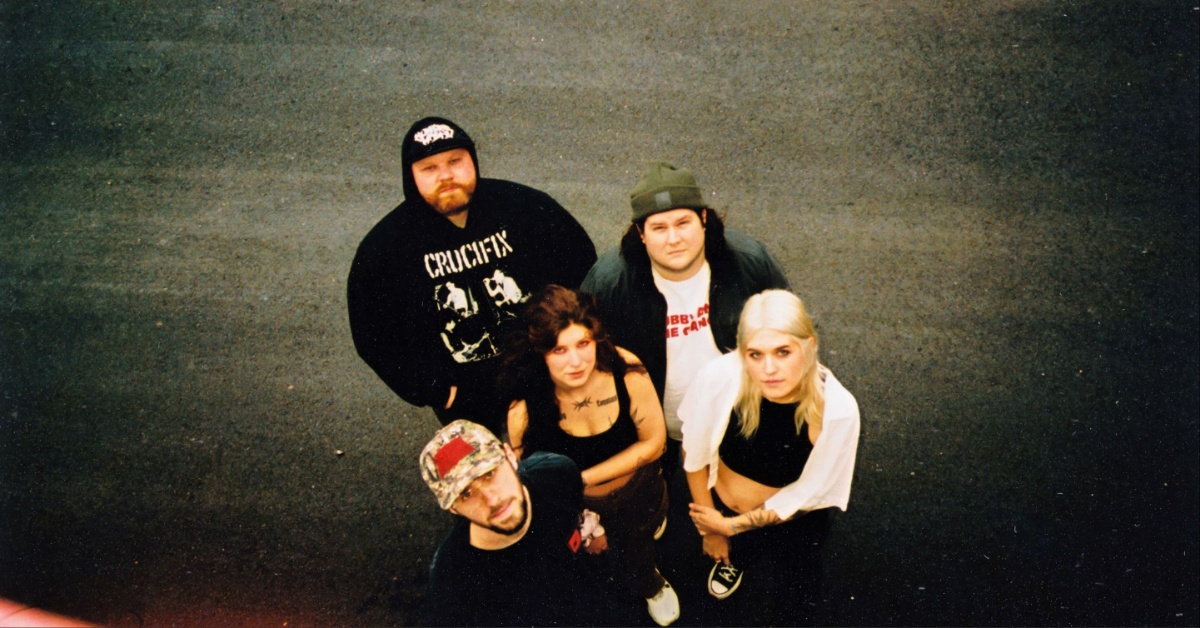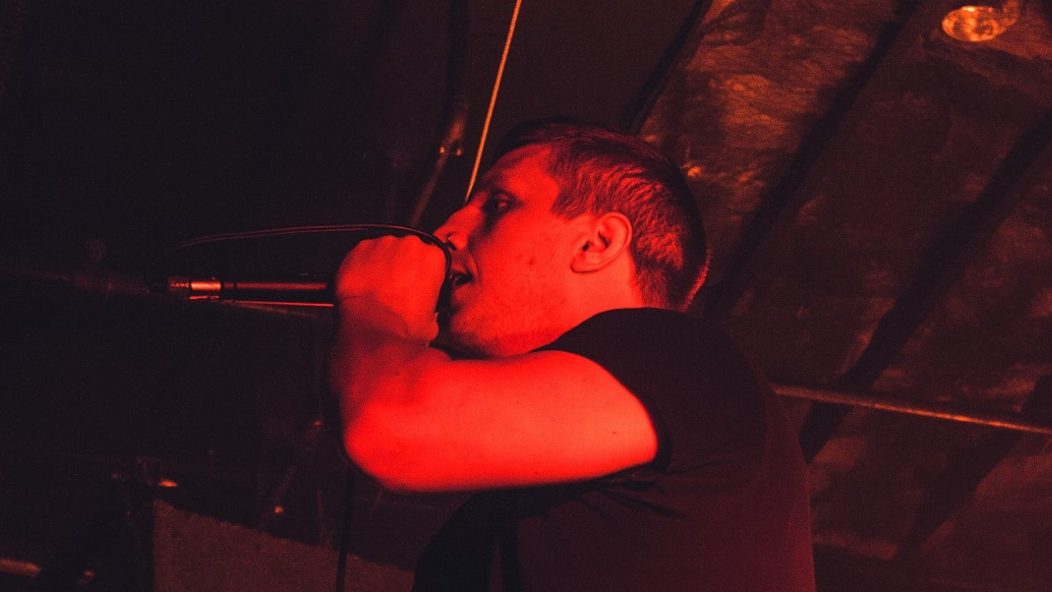
Live Report + Interview: The Contortionist And Mike Lessard
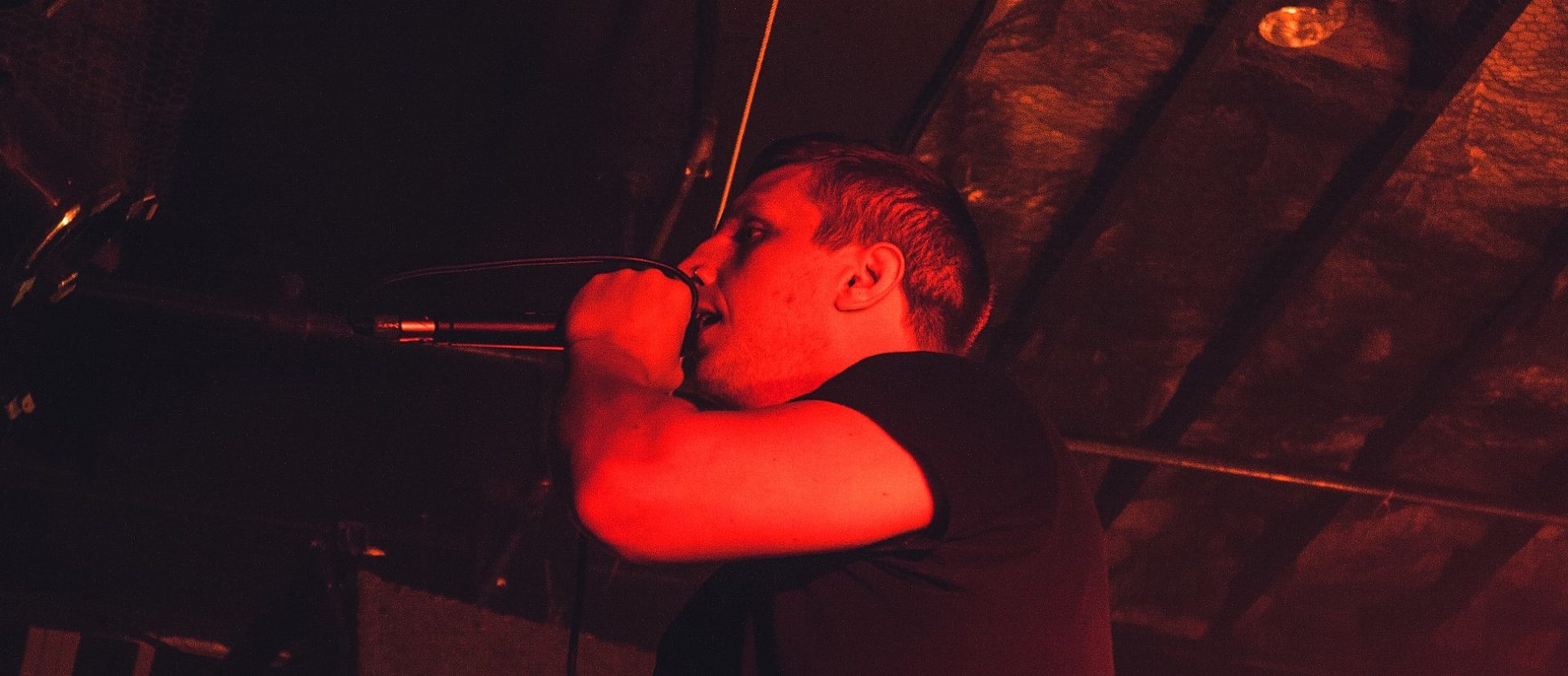
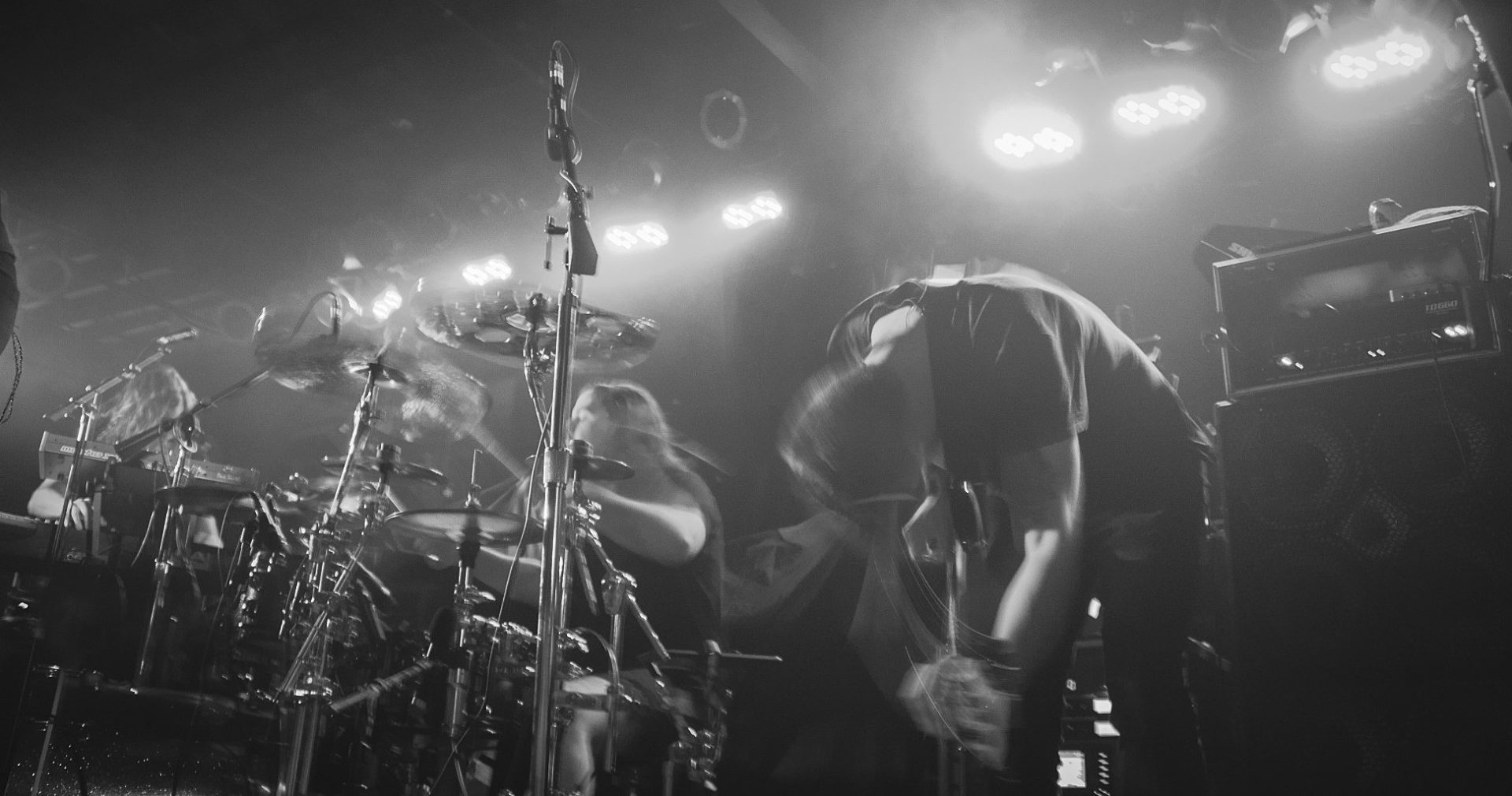
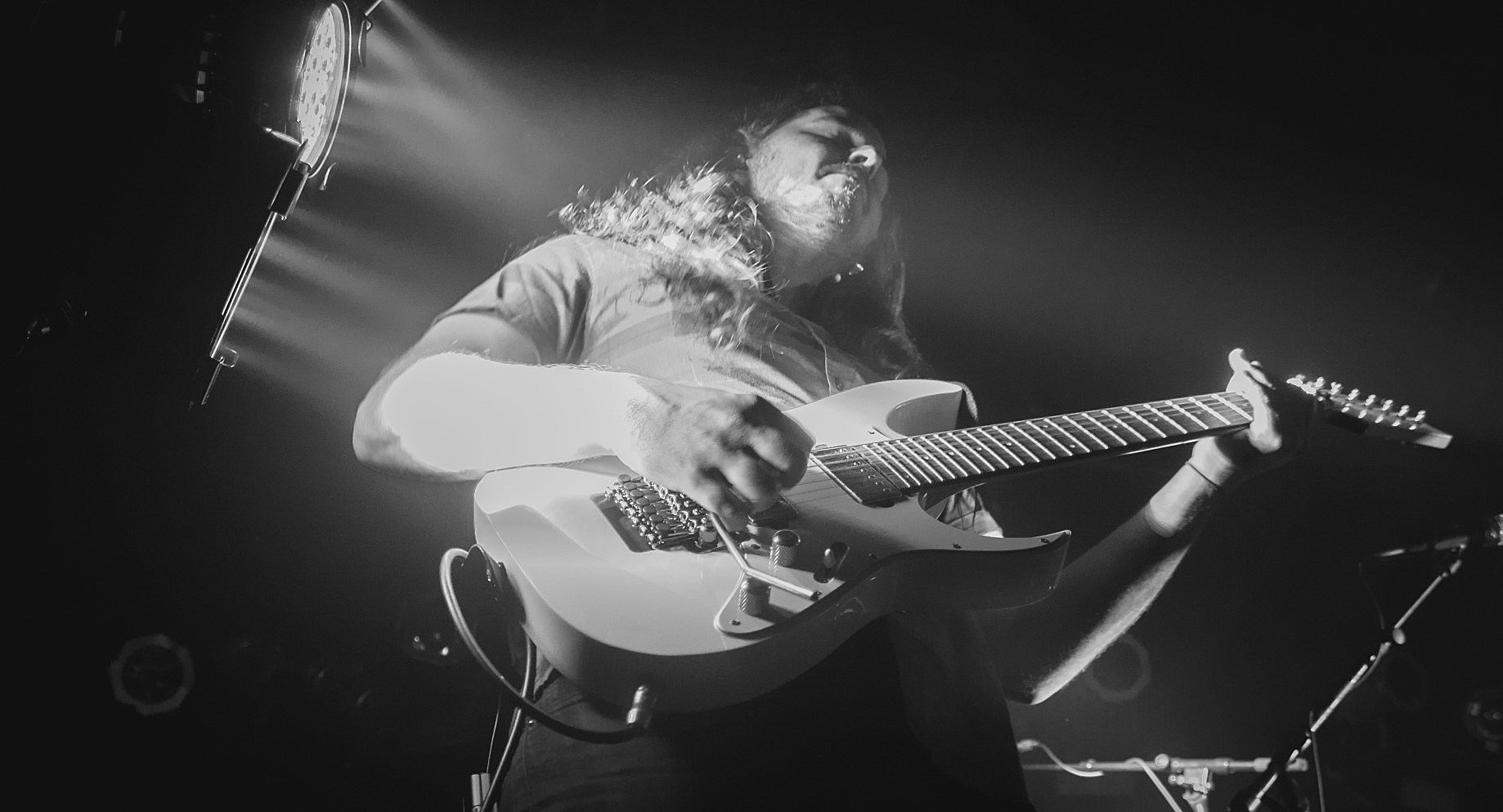
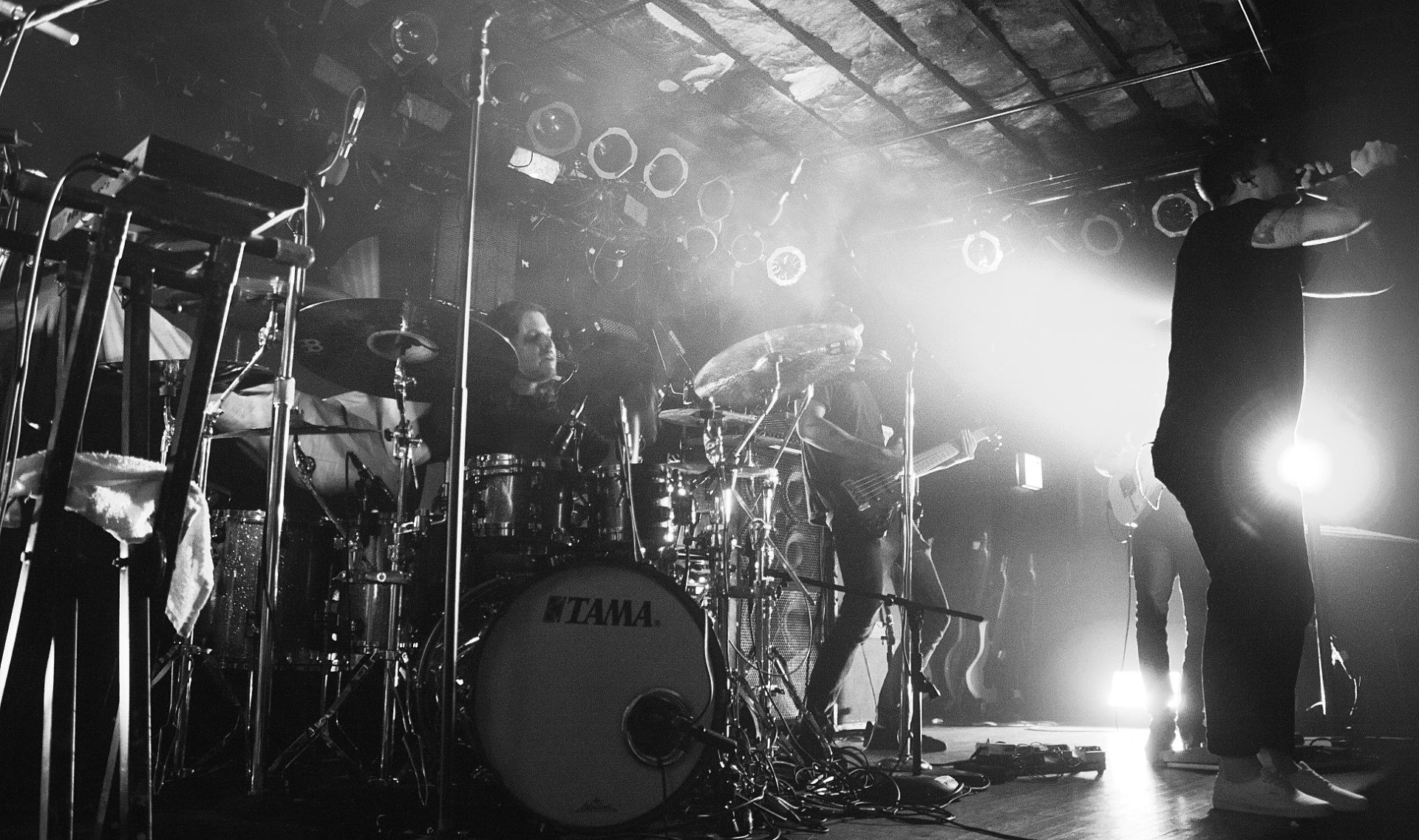
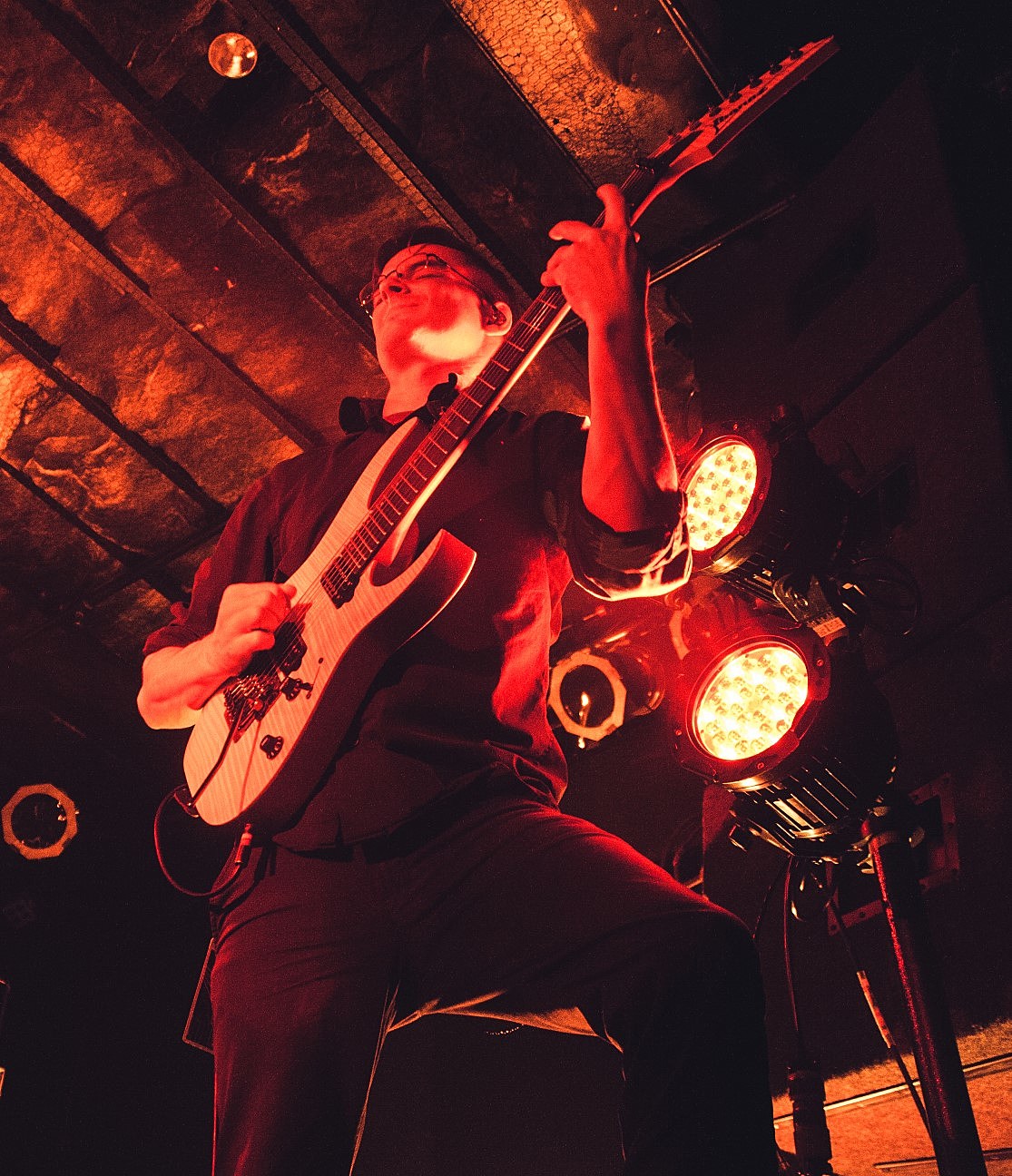
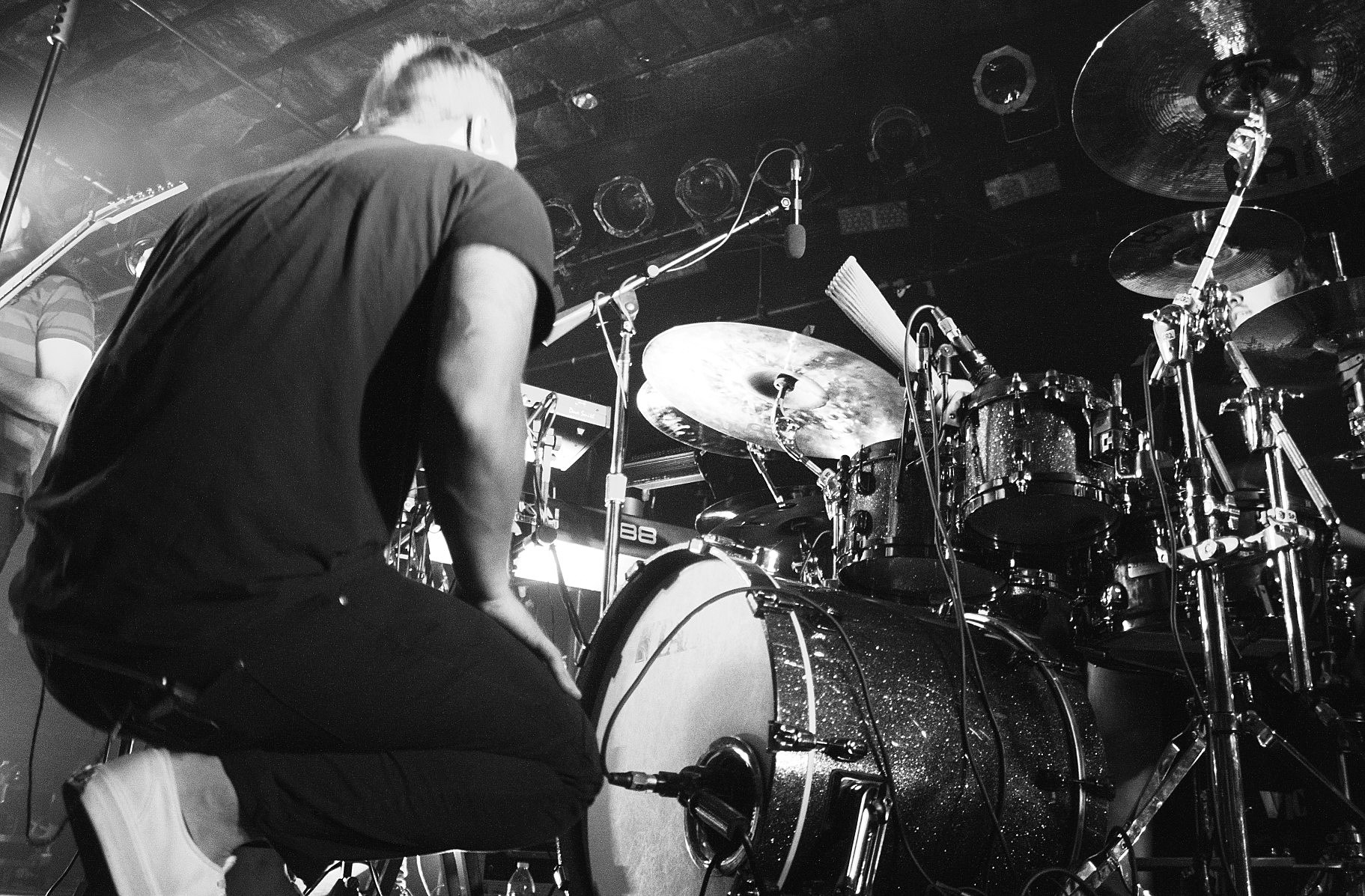
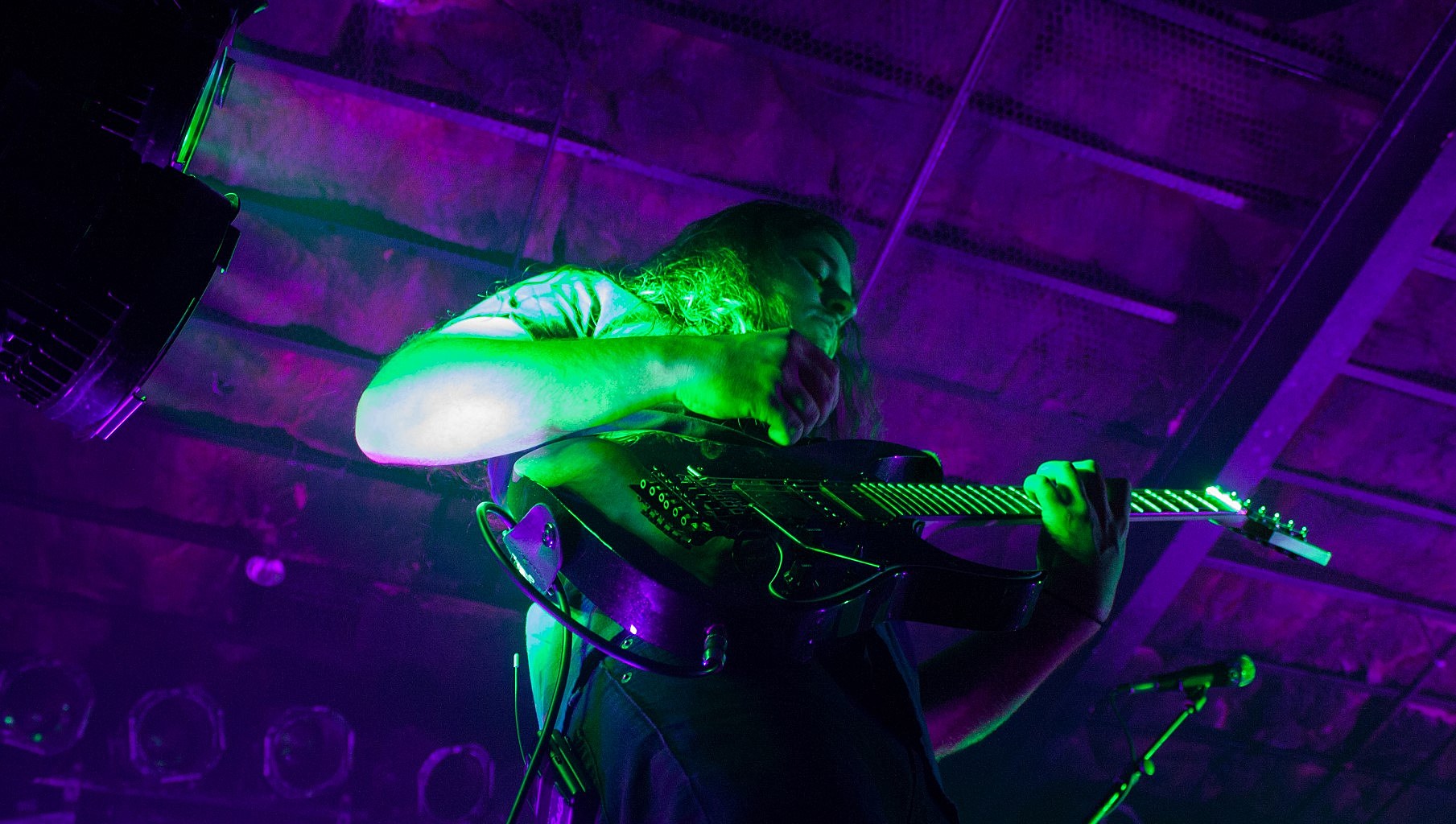
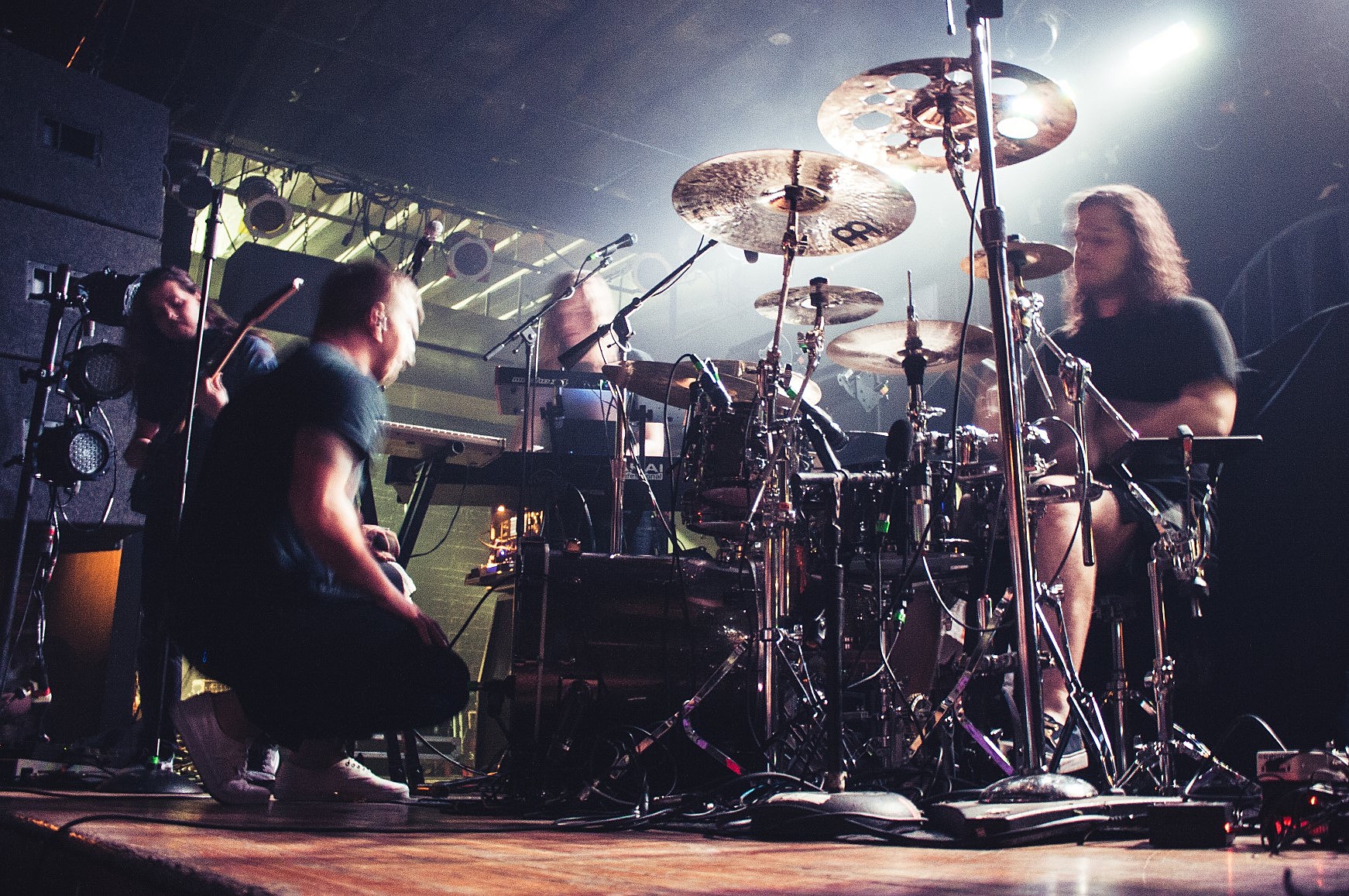
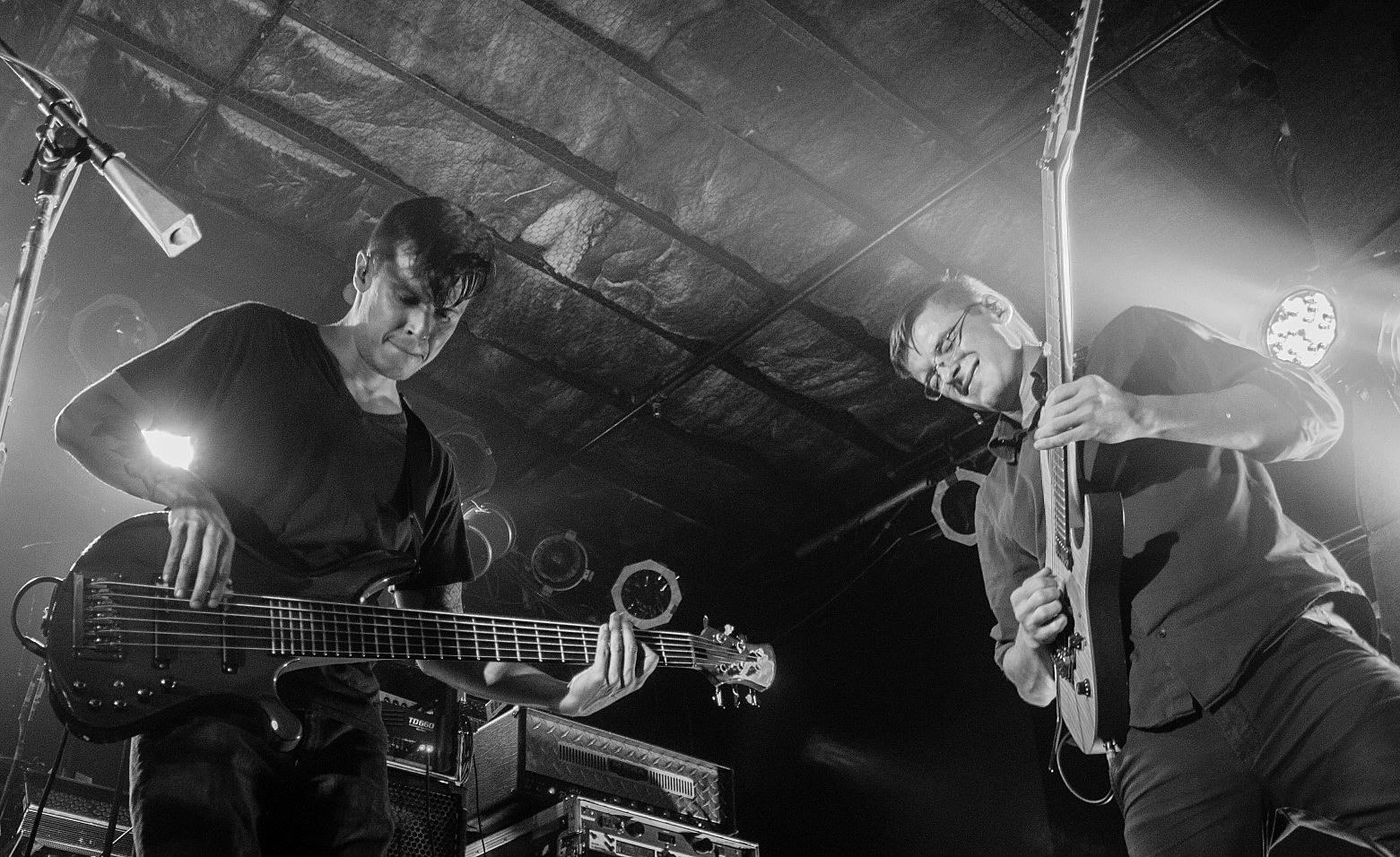
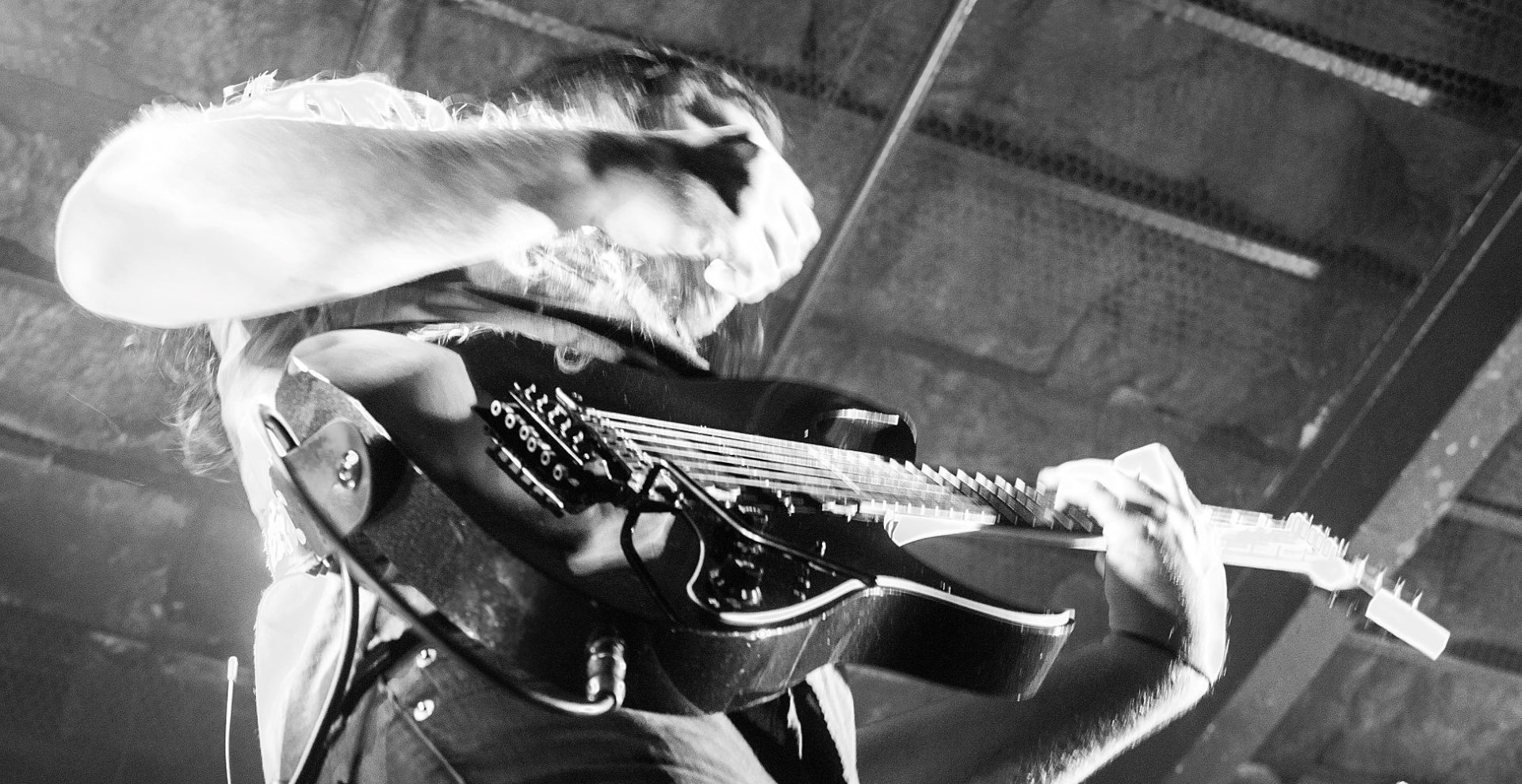
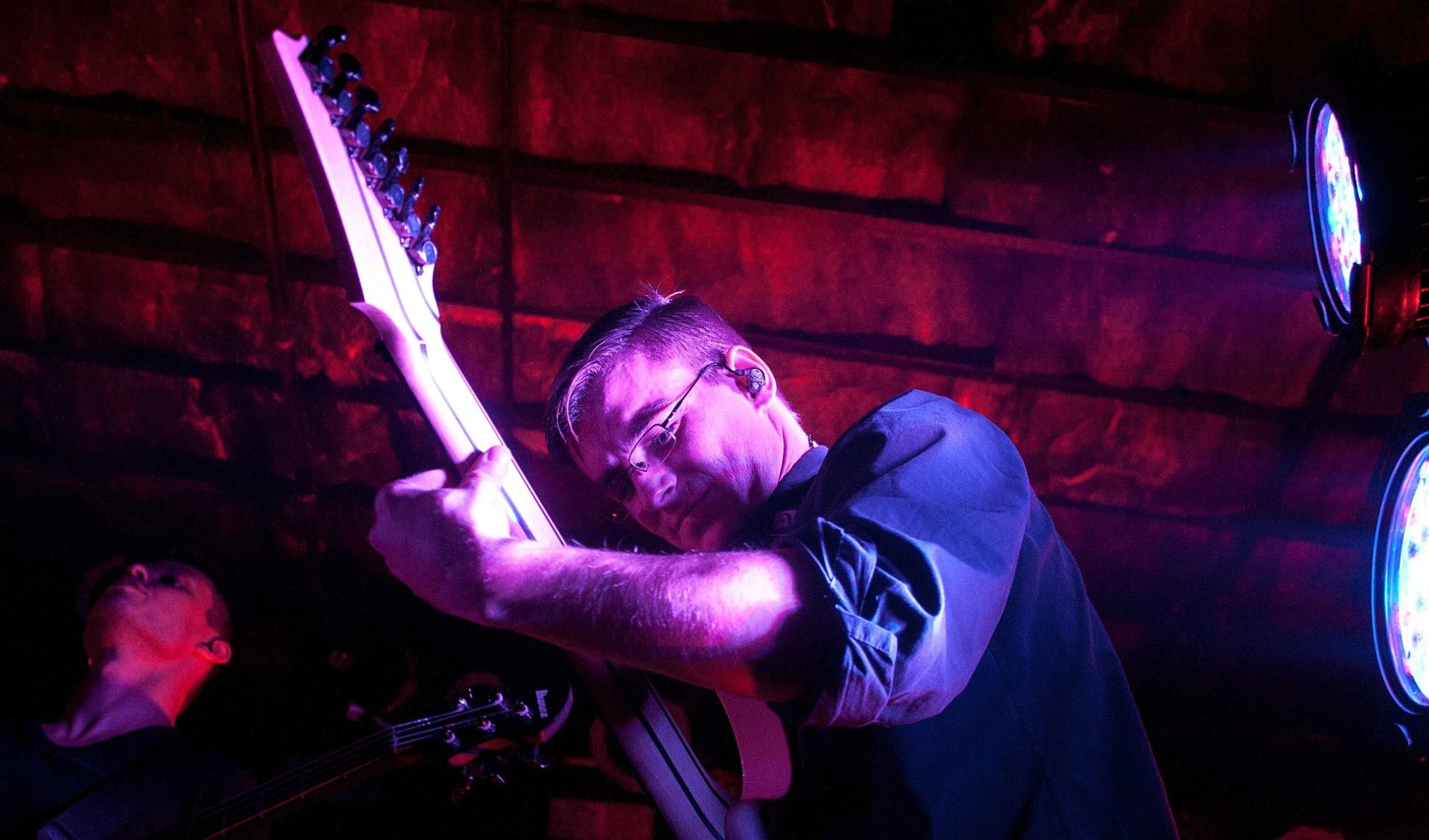
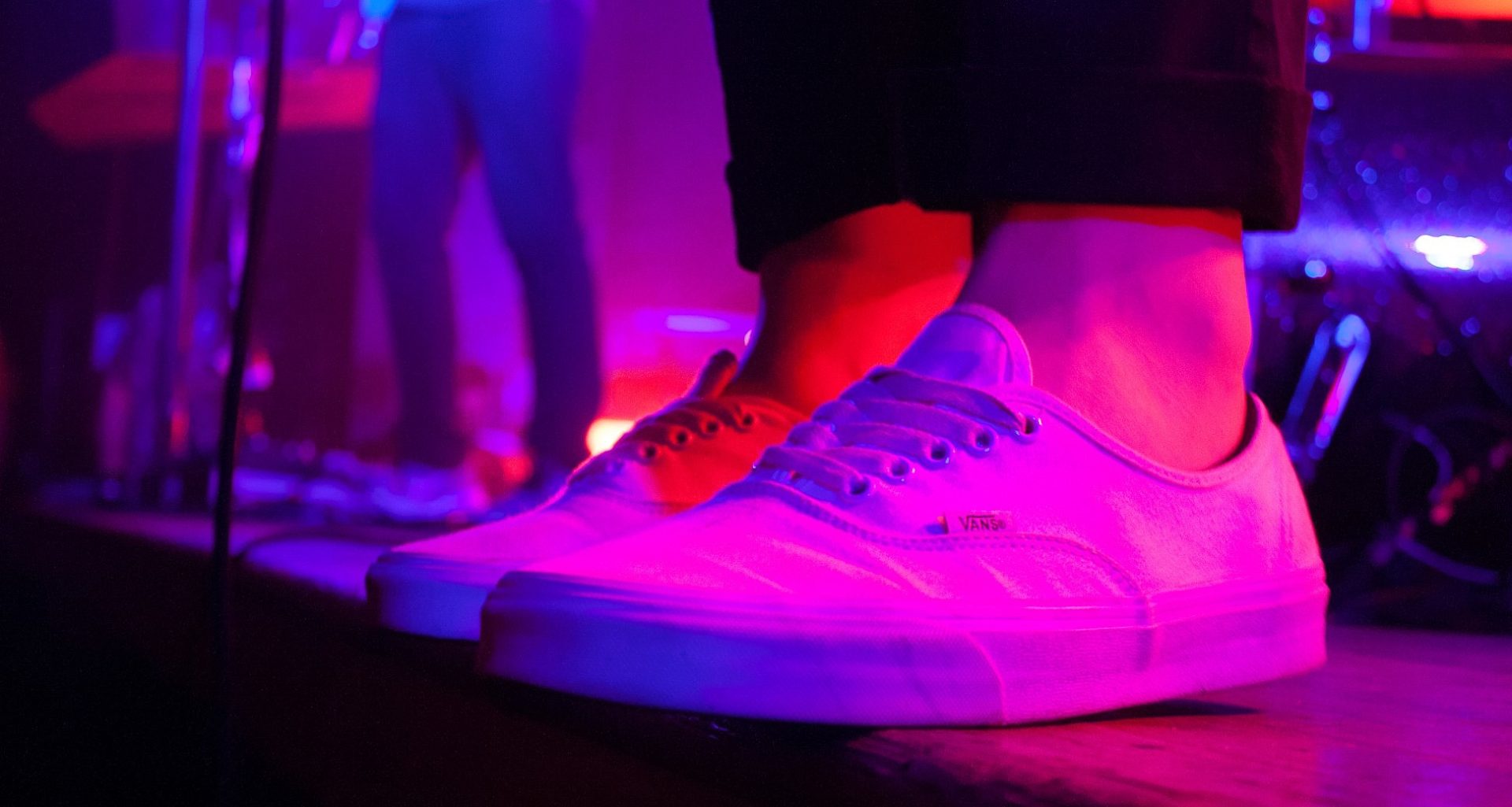
…
Two nights ago, The Contortionist helped open for Between the Buried and Me’s Colors ten-year anniversary tour during its double-stop here in Chicago (check out our coverage here). While these two bands’ styles are divergent, both bands have followed a similar evolutionary path: heavier beginnings, softer destinations. Especially so with The Contortionist, whose latest album Clairvoyant (released September 15th) features no screaming and strongly honors the lineage of post-rock.
Clairvoyant has received acclaim and praise from metalheads. That’s because it’s decisively a metal album, despite not appearing so at first glance. Once you delve into its deep textures, undulating intensities, and beautiful arrangements, you’ll discover the complexity and spirit The Contortionist used to make more raw and blatant. The question regarding their approach is really this: has it served the band’s direction well?
…
…
Certainly Language (2014) was prototypical of Clairvoyant, and the addition of vocalist Mike Lessard characterized these albums much differently than Exoplanet (2010) or Intrinsic (2012). The older two branded The Contortionist as a post-djent deal, along with the likes of Uneven Structure and Vildhjarta. The newer two with Lessard reaches where The Ocean sought development: turning down the aggression, but turning up the emotion and rockability.
In Chicago, The Contortionist played tracks from all four albums, ranging from tried-and-true heavy-hitters to fresh-off-the-grill ballads. The mixture showcased two important facts: a) an older and more matured The Contortionist can still nail the old hits, and b) all four albums, despite all their differences, live squarely within the band’s branded ecosystem. The recorded material says enough, but The Contortionist’s live performance serves to tie them together. A story emerges, a clear progression.
For a progressive band, this is of supreme importance. It means that the live show becomes a veritable fruit basket of styles: heavy and powerful, soft and melodic, complex and disjointed, or clean and straightforward. Seeing The Contortionist live is a compare-and-contrast study, a demonstration of elements not inherently fit for each other being integrated artfully and with a bit of style. To that end, Lessard’s stage performance is noteworthy in his dramatic serenity and calm stoicness, juxtaposed by the older songs’ relative fury.
The Contortionist offered the warmest of openings for Between the Buried and Me, delivering complex, mind-engaging progressive music without any of the pretense or cheesiness. Both bands are similar in that regard: straightforward, still heavy (when they want to be), yet super-involved. The live experience becomes a matter of enhancement, study, and emotional response — led by Lessard, the band fostered precisely those things in a highly receptive audience.
We had a chance to talk with Lessard before his set about the tour, his interest in film and psychedelics, and Clairvoyant.
…
How’s it been touring with Between the Buried and Me?
Amazing. Shows have been sold out, all the bands are great — Between the Buried and Me are the nicest guys ever. We’ve toured with them a bunch in the past. We’ve actually toured with all of these bands before in the past, so it’s kind of a big reunion.
It’s interesting that Between the Buried and Me is playing Colors, which is ten years old now. You guys are focusing now on Clairvoyant, which is The Contortionist today. How do you think your two styles contrast to make a good show?
I think our two bands work well together in general, based on that we both like to cover a lot of ground sonically. They have a lot of peaks and valleys, as do we. I think with our newer stuff, the contrast is that the tone is a lot darker than what Colors touches base on.
This shift from harsh vocals to the smooth, melodic, and soft vocals now with Clairvoyant — artistically, is that where you were heading with how The Contortionist would sound in general?
Not necessarily how the band sounds in general. I think the album is called for. I think with any piece of art you should just do what is called for, and serve the art, not yourself or other people. That’s generally the mindset I had during the process. I mean, do I enjoy singing more than I enjoy screaming? Absolutely. I always have. That plays a little factor as well, but for the most part, it [Clairvoyant] didn’t call for it. A lot of people will say that we’ve turned our back on heavy music — some crazy outlandish statement like that. I think some people are quick to throw that kind of judgement out there, even though if you watch us tonight, you’re going to see a lot of heavy material. There will be a lot of screaming. For nine months out of my year, I still do plenty of screaming.
I wanted to talk about the live performance — I saw you perform down at Summer Slaughter several years ago, and I was really impressed by the stage drama and pantomime. You guys aren’t jumping around beating the shit out of stuff; you have a very steady, persistent emotional presence. Do you go to plays or see drama?
Movies, I love film. And I like the idea of our show: we don’t talk during the set until the very end when everything’s finished (that’s when we thank the crowd for coming out). I feel like there’s two separate ways you can approach a live show as a band: you can have an interactive experience with the audience, where they’re just as much a part of the show as you are — and they’re singing along, with some people jumping up on stage and all that — or, I like the idea of bands that are a little more theater-based, where they don’t break the trance. In the middle of an act, somebody doesn’t yell out “thank you,” they wait until the end of the show. I do like the concept of those two contrasting styles of live shows. The other one kind of breaks in a little bit: I try to make some eye contact, but I don’t talk to the crowd, I don’t tell them what to do. They paid their money, they can stand there or shout, or heckle, or whatever gets them off on a Sunday night.
Speaking of film, and you can tie it to music as well, what kind of influences come from the outside into The Contortionist? What are you funneling into it, maybe something you hear or feel somewhere else?
I think storytelling. Film really clicked with me when it came to the levels of storytelling. Whether it be the color grade on a film, or whether it be the camera positioning to establish dominance between characters, or certain editing techniques to create anxiety, whatever the mood they’re trying to set. And then, obviously, dialogue as well, and then underneath that you have music. So in film, I feel like there are a lot more dimensions that can be used, controllable factors for the viewer to perceive and to affect their emotions. Whereas with music, you have a smaller tool set, but that in itself leaves a bigger container for the “viewer” to fill with whatever they want. I try to take those two things and mix-and-match a couple things for the layered stuff, whether it be me singing in complete sentences to make it feel more personable — more like a conversation — or, me speaking in vague terms so its an empty container for the viewer to use their life experiences to fill it. It’s common in marketing: McDonald’s with “I’m Lovin’ It” — what’s “It?” There’s an “if” factor if you leave things vague. Or, like Coke — “Enjoy.” What are you enjoying? You leave these things open-ended so the person can perceive them however they want to.
I was reading that you’ve experimented with psychedelics to maybe better understand your perception, and the way you perceive things?
I think that’s what it turned into, but it’s not the first reason. The first reason was just being young and curious and seeing where the wave took me. As I got older and more responsible and started to respect the potential power — I feel like with anything, you can harness it to play as an aid and not be counter-productive. Definitely later on it became more of that.
When you’re experimenting with psychedelics, and speaking of layers, are you experiencing separate layers of understanding? Is The Contortionist in any way illustrating or recreating that?
If we’re recreating it, it’s very crudely. That’s something you can’t really recreate — it’s more of a personal experience that you create inside your own head. With us, it’s a bunch of different people, and it’s all these layers, but I’m sure each one of us has a different perspective on what it is. I notice, for me now, a very simple concept comes to me, an epiphany if you will [during experimentation], and that’s what stays with me throughout the whole course of it. I view that one simple thing from many different perspectives, and that’s what it’s turned into. Even if it starts from somebody I’m with saying something, and me thinking I understand what they’re saying, but maybe they meant it another way. For creating art, that’s a great tool to sharpen — to maybe have a certain intent with the way you wrote it, and then sit back and say, “how else could I view this?” and then create a different story out of it.
So, any final words on the tour?
Hopefully people come out, hopefully people enjoy themselves, and hopefully they enjoy the album.
…
Check out the tour dates below:
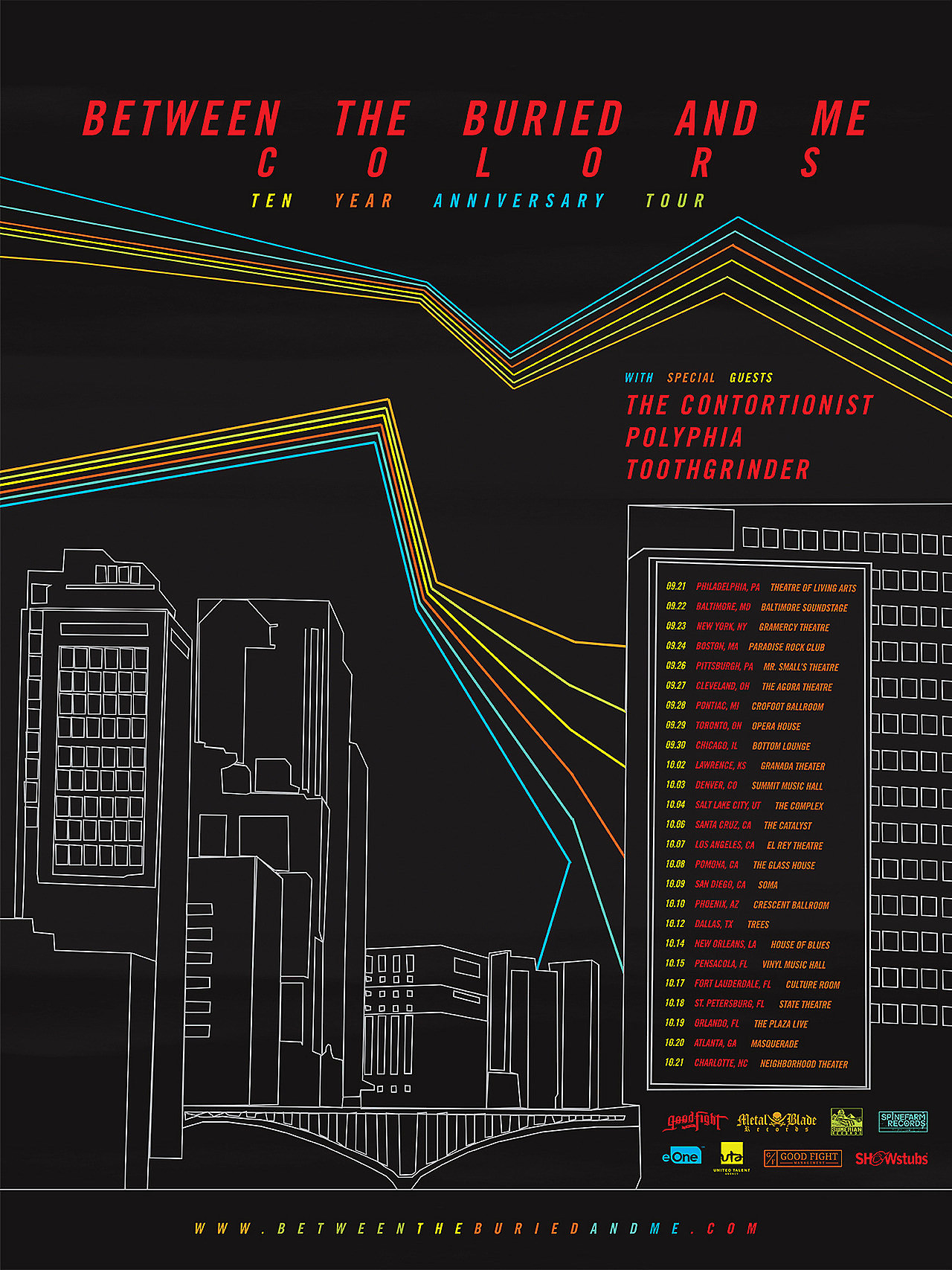
…









